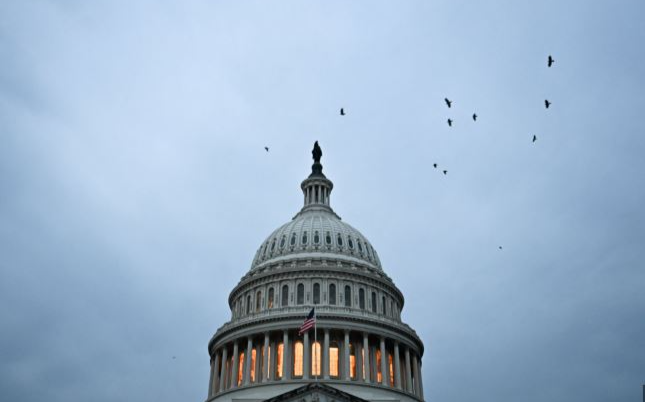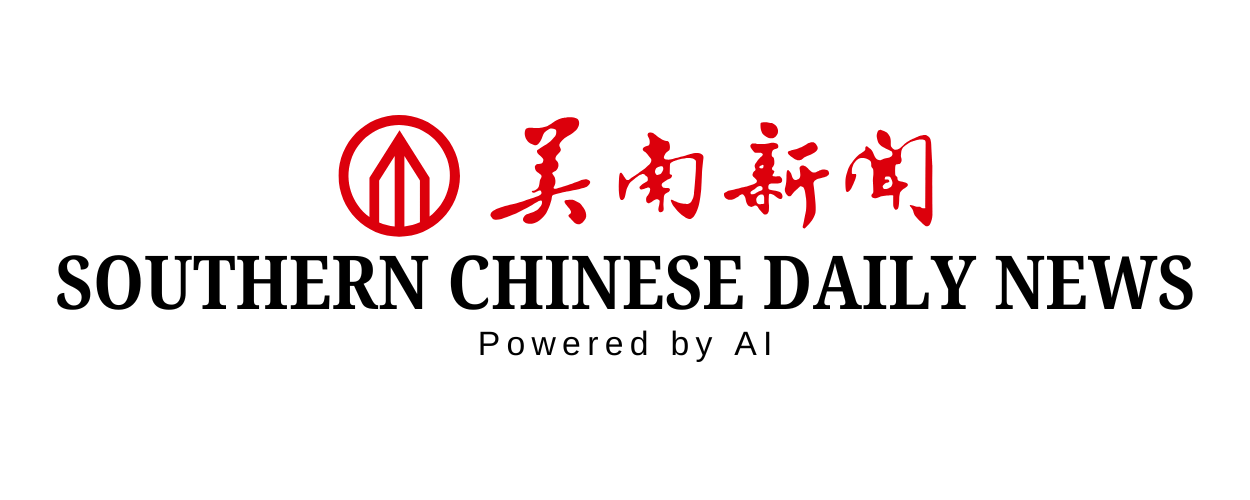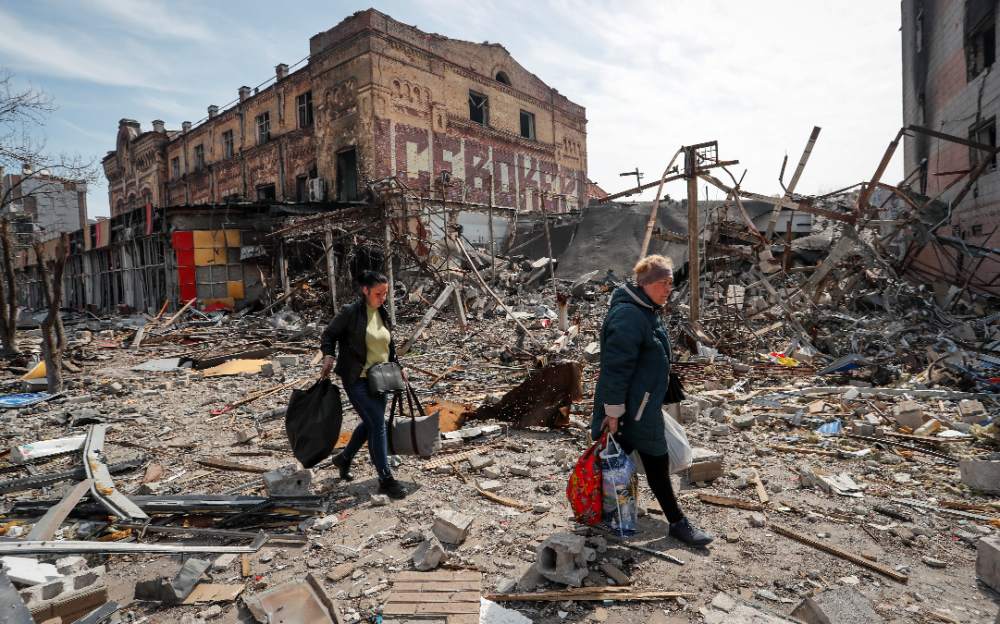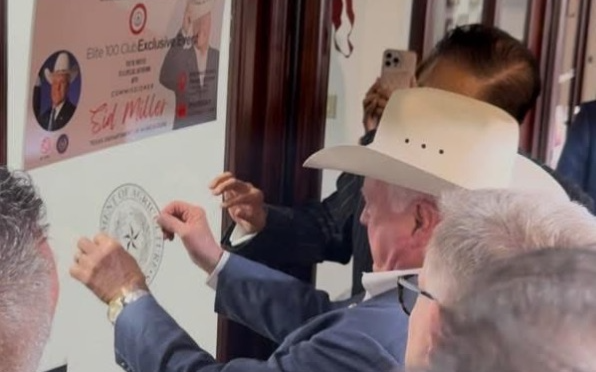美国政府还在局部关闭中

美国政府还在局部关闭中
当前,美国联邦政府正陷入全面停摆的僵局。自 2025 年 10 月 1 日凌晨起,由於国会未能在预算案上达成共识,联邦资金正式到期,
一、停摆的导火线
导致此次政府关闭的核心原因,源自於国会两党在联邦预算与支出优
政治观察人士指出,这并非单纯的预算争执,而是一场关乎政策方向
二、停摆的影响范围
此次停摆波及面广,影响深远。根据联邦人事管理局(OPM)资料
多数非「核心服务」机构停止运作——包括国家博物馆、国家动物园
值得注意的是,这次停摆中,一些部门甚至啟动了裁员(RIF)程
the U.S. federal government remains in shutdown
1. The Trigger: A Budget Deadlock
The shutdown began at 12:01 a.m. on October 1, 2025, when Congress failed to pass a continuing resolution to keep the government funded. At the heart of the dispute lies a deep political divide between Democrats and Republicans over key spending priorities — healthcare subsidies, education funding, immigration control, and defense allocations.
This is not merely a fiscal disagreement but a political standoff emblematic of Washington’s growing polarization. Each side seeks leverage: Republicans pushing for spending cuts and structural reforms, while Democrats defend social and healthcare programs. The result is a paralyzed system — a government unable to govern.
⸻
2. The Scope of the Shutdown
Approximately 900,000 federal employees have been furloughed, while hundreds of thousands more are working without pay to maintain “essential services.” Museums, national parks, and the National Zoo are closed. Agencies like the IRS have slowed operations, passport and visa processing are delayed, and many research programs have been suspended.
Some departments have begun reduction-in-force (RIF) procedures — an unprecedented move during a government shutdown — signaling how serious and prolonged this impasse may become.
The shutdown’s ripple effects reach far beyond Washington. Contractors are losing business, families of furloughed workers are tightening budgets, and local economies that depend on federal spending are beginning to feel strain.
⸻
3. The Political and Social Toll
This is not America’s first government shutdown, but it may be one of its most telling. It has become a crisis of governance rather than merely a lapse in funding.
Public frustration is mounting. Polls show that a majority of Americans blame politicians across the aisle for using the government as a bargaining chip. Confidence in institutions — already fragile — continues to erode.
Economists warn that a prolonged shutdown could slow national growth, delay federal contracts, and dampen consumer confidence. Even if essential services continue, the psychological impact — the sense of instability — is beginning to weigh on the American public.
⸻
4. Reflection: A Mirror of Democracy
At its surface, a shutdown is about money. But in essence, it reflects a systemic fracture in American democracy. When checks and balances devolve into gridlock, and compromise is branded as weakness, the machinery of governance begins to fail.
The White House continues to urge Congress to pass a temporary funding bill, but negotiations remain stalled. Each day that passes without resolution deepens both the economic and moral costs.
In the end, this episode serves as a mirror — reflecting not just a divided government, but a divided nation.
It reminds the world, and Americans themselves, that democracy must be tended to — or it too may shut down.
三、政治与社会的双重压力
政府关闭不仅是行政问题,更是一场制度与信任的危机。歷史上,美
分析人士指出,这场停摆或将对经济带来连锁反应。若持续数週,消
四、结语:一场制度的镜照
政府停摆,表面上是预算的问题,实则反映出治理结构的深层困局。
如今,国会仍在艰难谈判之中,而白宫呼吁儘速通过临时拨款法案,






























